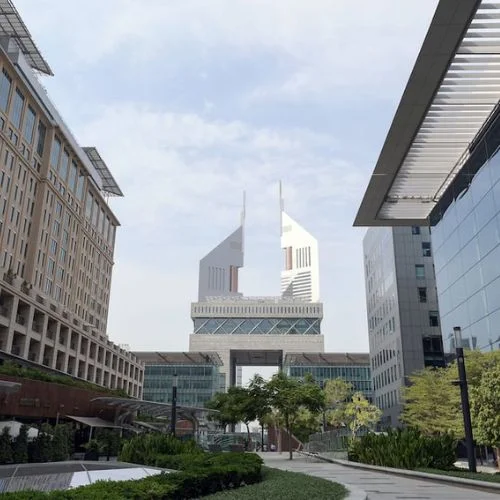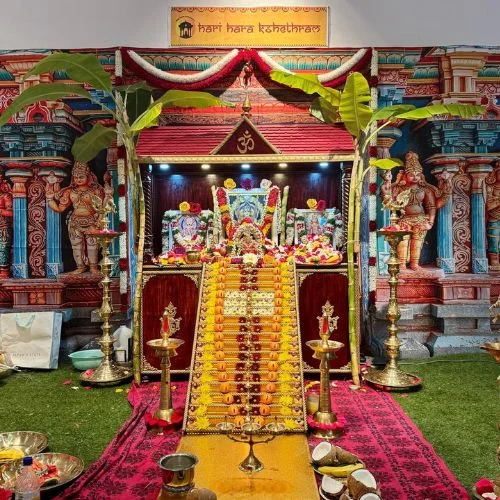Prominent research organization Crisil Ratings predicted that over the next three to four years, the amount of area devoted to shopping malls in the nation would rise by 35 percent.
According to the statement, a robust rebound in retail sales during the previous fiscal year is driving the expansion of mall space.
The research group said in a study on Wednesday that the organized retail space is expected to increase by 30 to 35 million square feet, or one-third of the existing stock, in absolute terms.
Demand resilience across industries and regions is projected to support the retail rebound.
According to the research, ongoing investor interest in Shopping malls and new assets will support the area increase. The credit risk profiles of mall owners will remain steady as a result, along with acceptable balance sheets.
Crisil Ratings director Anand Kulkarni said, in the report, that malls are “expected to attract investments of Rs 20,000 crore over the next three to four years”.
“The reasons for the sizable addition are two-fold. Firstly, resumption of work on new supply which was stalled during the pandemic. Secondly, robust retail sales at malls and the subsequent strong operating performance of mall owners,” he said.
According to the survey, mall owners’ revenues for this fiscal year are expected to be around 125% higher than their pre-pandemic levels.
According to a survey, offline sales still account for the majority of the Indian retail environment, despite the growth of online marketplaces.
Over 50% of sales for 90% of merchants in the nation come from offline sources. According to the survey, offline customers are drawn to businesses that offer food and drinks, consumer durables and electronics, and fast-moving consumer goods.
The top three industries that have been least affected by e-commerce platforms are food and beverage, fashion and lifestyle, and consumer durables and electronics.
This is according to the NeoGrowth Study study. 82% of offline shops said that either their sales have increased or their company growth has remained constant. The study states that only 12% of the shops have seen a drop in sales as a result of the abundance of online marketplaces.
The main factor driving the popularity of in-store shopping is the opportunity to handle and feel the merchandise. Because the legitimacy and quality of the items are guaranteed, 54% of those polled said that they prefer to purchase offline.
Furthermore, almost half of the participants exhibit steadfastness towards their neighborhood merchants, with families often purchasing from the same merchant for many generations, fostering a sense of familiarity and trust. 35% of Indians purchase from their neighborhood store to promote and help small companies.















